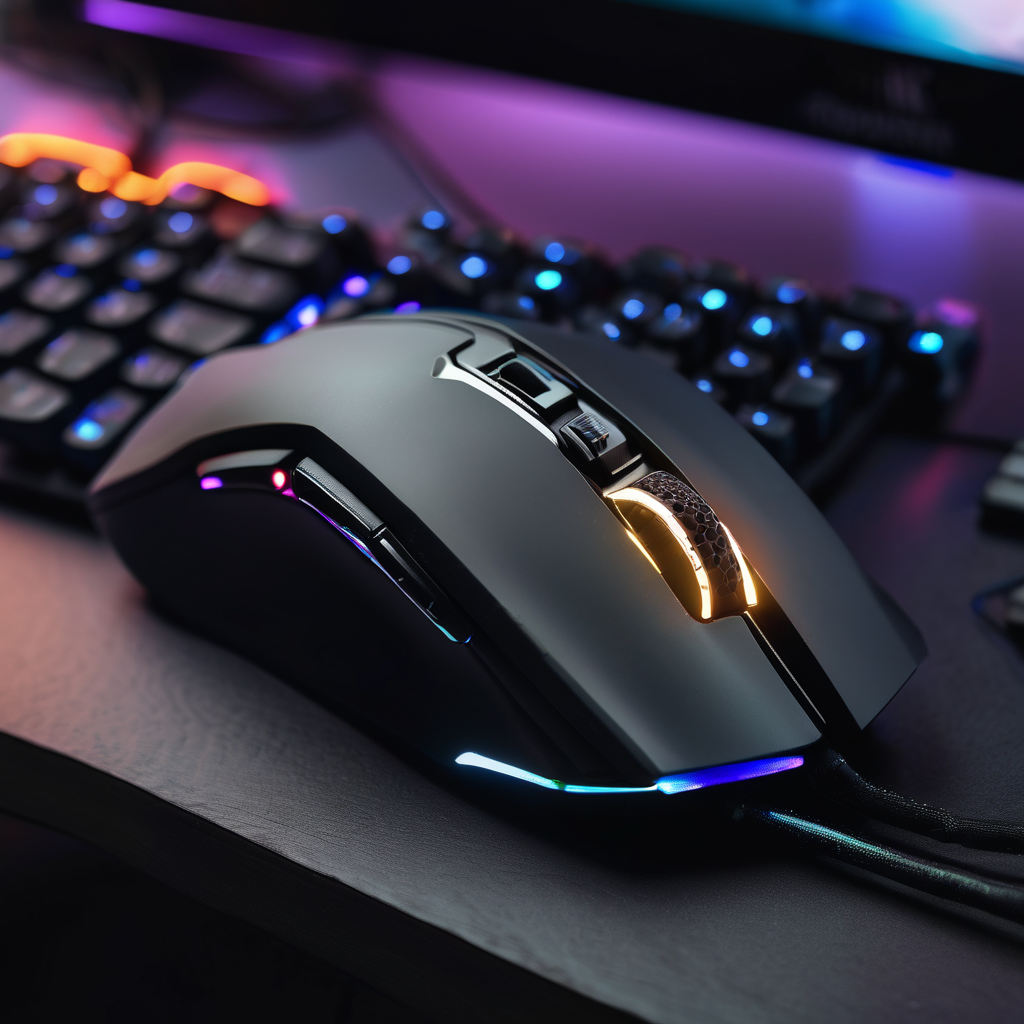In the dynamic world of League of Legends, the significance of knowledge has grown to rival that of raw mechanical skill. For both casual gamers striving to improve and dedicated esports fans keeping up with the professional scene, a firm grasp of statistics can profoundly transform engagement with the game.
Having spent fifteen years immersed in League of Legends through both play and writing, I have observed the community’s evolving perspective on data. This journey reflects a shift from basic win rates to advanced analytical frameworks akin to those used in traditional sports.
The Necessity of Statistics in League of Legends
League of Legends is a game characterized by its complexity. With over 160 champions, each with distinct abilities and synergies, as well as countless item combinations and matchups, the information available can be overwhelming. This is where statistics become an invaluable resource, providing clarity that helps players discern what strategies succeed or fail and the underlying reasons behind these outcomes.
For those aiming to enhance their gameplay, statistics offer objective insights that remove the biases and emotions often present in player experiences. For example, after a disappointing match, rather than attributing losses solely to teammates, numbers may reveal that factors like vision score or creep score (CS) per minute played a critical role in the outcome. Facing these stats, while often uncomfortable, is essential for personal growth.
The Growth of Statistical Analysis Over Time
When I began my League journey during its early seasons, statistical resources were rudimentary, primarily relying on official data from Riot Games and basic information from third-party sites. Today, significant advancements have emerged, with modern statistical platforms offering in-depth data on champion performance by rank, region, item effectiveness, rune optimization, and predictive drafting analytics. Professional teams have capitalized on this growth by employing analysts dedicated to extracting actionable insights from data.
Essential Statistics for Player Improvement
Understanding which statistics are crucial is just as important as gaining access to them. While win rates provide value, they do not tell the entire story. Savvy players explore metrics such as pick rates to grasp meta trends, ban rates to identify popular champions, and game length to evaluate the scalability of strategies.
Key individual metrics—like kill participation, vision score, damage share, and gold efficiency—provide vital information for assessing one’s contribution to team success. These statistics help players pinpoint their efficiency in farming and their presence during pivotal team fights.
Champion-specific statistics further illustrate the nuances of gameplay. Some champions boast high win rates among experienced players, implying a steep learning curve, whereas others deliver stable performance across varying skill levels, indicating simpler gameplay patterns.
The Role of Advanced Analytics in Professional Play
In the professional League of Legends arena, the application of statistical analysis transcends that of the ranked ladder. Teams now utilize exhaustive data pipelines to monitor individual player behavior and overall team dynamics. Such information significantly influences their drafting strategies, practice regimens, and roster considerations.
A standout platform for tracking professional statistics is BO3.gg. This site sets the industry standard by providing detailed insights into competitive League of Legends, featuring comprehensive data across various regions and tournaments. Its user-friendly interface bridges the gap between casual viewers and professional analysts, making intricate data understandable and accessible.
BO3.gg’s historical data capabilities are particularly noteworthy, allowing users to track player and team performance, compare metrics, and recognize emerging trends. The platform’s insights into champion performance in the competitive meta further aid in understanding what makes certain champions strong in professional settings compared to solo queue.
Maximizing the Use of Statistics
Merely having access to statistics will not yield improvement without proper analysis. Top players view statistics as a foundation for deeper examination rather than definitive answers. Context is vital; a champion with a low win rate may still be viable for a player who has mastered them or who effectively counters popular picks.
Players should leverage statistics to guide their improvement strategies, testing hypotheses regarding builds and playstyles while methodically assessing progress towards measurable goals.
Looking Ahead: The Future of League of Legends Statistics
As League of Legends continues to progress, the tools for statistical analysis will inevitably advance. The rise of machine learning algorithms is beginning to provide personalized recommendations tailored to individual playstyles. Furthermore, real-time statistics are being integrated into coaching tools, paving the way for unprecedented levels of player development.
The widespread availability of advanced statistics has bridged the gap, granting dedicated players access to insights previously reserved for professional teams. Whether one is climbing the ranked ladder or engaging with the esports community, harnessing the power of statistics promises to enrich and deepen one’s understanding and appreciation of this remarkable game.
